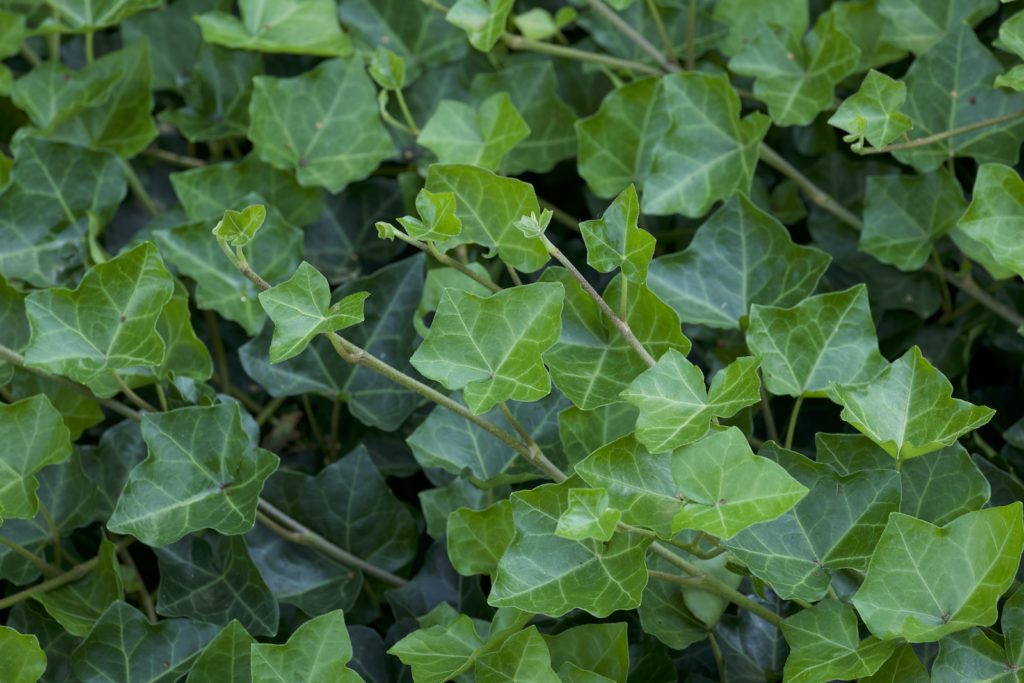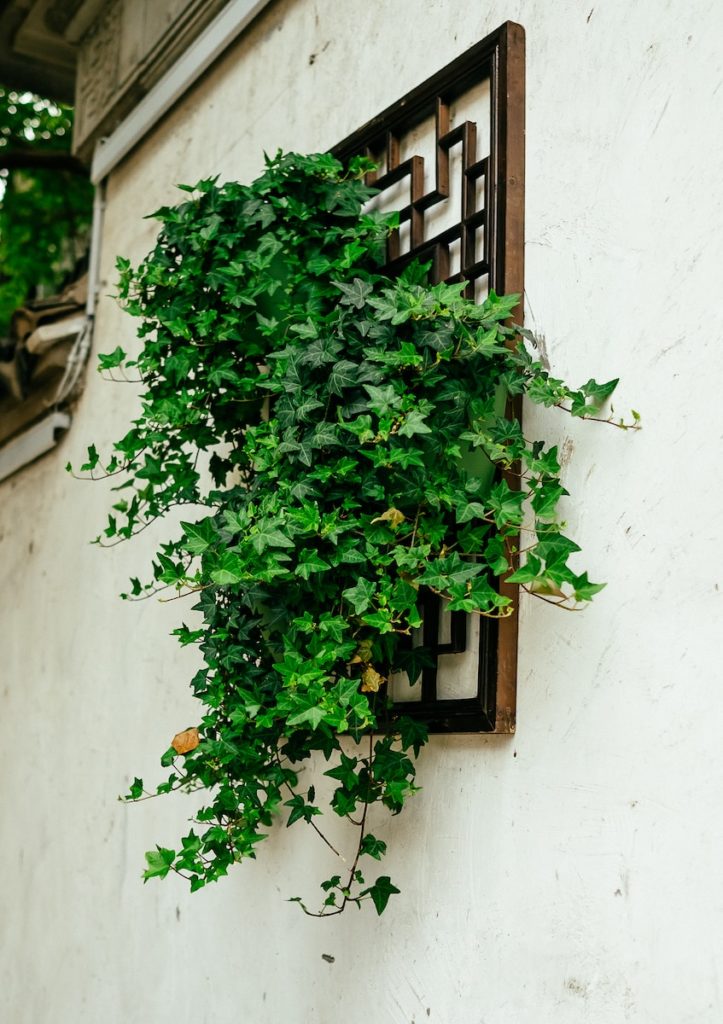
English Ivy is a popular houseplant that is known for its ability to add a vertical element to any home. Whether you want to add some greenery to your living room or create a lush indoor garden, English Ivy is a versatile plant that can help you achieve your goals.
This hardy plant is easy to care for and can thrive in various environments, making it a great choice for novice and experienced gardeners. One of the main advantages of English Ivy is its ability to climb. This plant is a natural climber and can easily attach itself to walls, trellises, or other vertical surfaces.
This makes it an ideal choice for those who are looking to create a living wall or want to add some greenery to a bare wall in their home. English Ivy is also known for its air-purifying properties, which can help improve the air quality in your home.
Whether you want to create a relaxing environment or add some natural beauty to your home, English Ivy is a great choice to help you achieve your goals.
Key Takeaways
- English Ivy is an easy-to-care-for houseplant that can adapt to various environments and is a natural climber that can attach to walls and other vertical surfaces.
- It is ideal for creating a living wall or adding greenery to a bare wall, and it also has air-purifying properties that improve indoor air quality.
- To ensure its optimal growth, English Ivy requires bright indirect light, a temperature range of 60-75°F, and well-draining soil with pH between 6.0 and 6.5. Pruning and propagation techniques are essential.
- Decorating with English Ivy can be done in various ways, such as hanging baskets, planters, topiaries, wreaths, living walls, and green screens. These options provide functional and aesthetic benefits, including air purification, noise pollution reduction, relaxation promotion, privacy, and protection from the elements.
The Versatility of English Ivy
English Ivy displays remarkable adaptability, as it can be grown as an indoor climber and trained to climb walls, trellises, and other vertical structures. The plant’s decorative foliage adds a touch of greenery to any room and can be used to create a lush and inviting atmosphere. English Ivy’s versatility makes it a popular choice among homeowners looking to add a vertical element to their home decor.
One of the advantages of growing English Ivy indoors is its ability to purify the air. The plant has been found to remove pollutants such as benzene, formaldehyde, and trichloroethylene from the air, making it a great addition to any home or office space. English Ivy is also a low-maintenance plant that can thrive in a variety of lighting and temperature conditions, making it an ideal choice for beginners or those with busy lifestyles.
Overall, English Ivy’s adaptability and decorative appeal make it a must-have for any plant enthusiast looking to add a touch of greenery to their home.
Tips for Caring for Your English Ivy
This discussion will focus on the key points in caring for English Ivy, namely:
- The light and temperature requirements
- Watering and soil needs
- Pruning and propagation
To ensure the optimum growth of your English Ivy, it is essential to provide the right amount of light and temperature and water and fertilize it properly. Additionally, pruning and propagation are important aspects in maintaining the health and appearance of your plant.
Light and Temperature Requirements
Adequate lighting and temperature control are essential for the healthy growth of climbing plants such as English ivy. These plants require bright indirect light and a temperature range of 60-75°F to thrive. English ivy can be placed in indoor spots that receive bright, indirect light, such as near a window, but not in direct sunlight. If placed in an area with low light, the plant can become leggy and weak, while too much direct sunlight can burn the leaves.
Maintaining the ideal temperature range is also crucial for the growth of English ivy. Temperature fluctuations can cause leaves to wilt or drop, and prolonged exposure to temperatures outside the recommended range can lead to stunted growth. It is important to note that English ivy prefers cooler temperatures at night, so it is best to avoid placing it in areas that get too warm in the evening. English ivy can thrive and add a beautiful, natural element to any indoor space by ensuring adequate lighting and temperature control.
Watering and Soil Needs
Maintaining the appropriate level of moisture and selecting well-draining soil are crucial for the healthy growth of ivy plants.
Watering frequency for ivy plants will depend on factors such as temperature, humidity, and soil type.
It is recommended to water English ivy thoroughly once a week during the growing season, allowing the soil to dry out slightly in between waterings.
When the plant is less active in the winter, watering can be reduced to once every two weeks.
Overwatering can lead to root rot and other fungal diseases, so it is important not to let the soil become waterlogged.
In terms of soil type, English ivy prefers well-draining soil that is slightly acidic with a pH between 6.0 and 6.5.
Adding perlite or sand to the soil mix can help increase drainage and prevent water from accumulating around the roots.
Additionally, organic matter such as compost or peat moss can help retain moisture and provide nutrients for the plant.
It is important to choose a high-quality potting mix that is specifically designed for indoor plants, as outdoor soil can be too heavy and dense for container-grown ivy.
English ivy can thrive and add a beautiful vertical element to any indoor space by providing the appropriate amount of water and selecting the right soil type.
Pruning and Propagation
Pruning and propagation are essential techniques for promoting the growth and health of ivy plants, allowing them to thrive and become a centerpiece of any indoor garden.
Pruning is essential to keep the plant from becoming too unruly and to maintain a desirable shape. It is best to prune the ivy in the spring or summer when it is actively growing, using a sharp pair of pruning shears to make clean cuts. Dead or yellowing leaves can be removed to promote new growth, and any overly long vines can be trimmed to promote bushier growth.
Propagation techniques are also vital for ivy plants, allowing them to be easily reproduced and shared with others. One method is to take cuttings from the plant, ensuring the cutting has at least two nodes. The cutting can then be placed in a container with moist soil, covered with a plastic bag, and kept in a warm, bright spot until roots form.
Another method is to layer the vines, which involves burying a section of the vine in the soil while still attached to the parent plant until it forms roots. Once the roots have formed, the new plant can be separated and potted on its own.
With proper pruning and propagation techniques, ivy plants can continue to flourish and add a touch of natural beauty to any indoor space.
Creative Ways to Incorporate English Ivy into Your Home Décor

This section will discuss creative ways to incorporate English Ivy into your home décor.
Hanging Baskets and Planters
Hanging baskets and planters provide a visually stunning way to showcase the English ivy’s cascading foliage, adding an element of height and depth to any room. Whether you choose to display your ivy indoors or outdoors, selecting the right type of hanging technique is essential to ensure its health and longevity.
For indoor plants, hanging baskets with a plastic or metal liner are recommended to prevent water from seeping through and damaging furniture or floors. Outdoor ivy, on the other hand, can be displayed in a variety of hanging baskets and planters, including wire baskets, moss baskets, or coconut coir baskets, which provide excellent drainage and aeration.
When it comes to selecting the best hanging technique for your English ivy, consider the amount of sunlight, humidity, and available space in your home or garden. For indoor plants, hanging baskets should be placed near a window with bright, indirect light and kept away from air vents or drafts. Outdoor ivy can be hung from a tree branch, fence, or pergola or mounted on a wall or trellis to create a living green wall.
With the right hanging technique and proper care, English ivy can flourish and add a beautiful, natural touch to any space.
Topiaries and Wreaths
Topiaries and wreaths are popular ways to showcase the elegant foliage of Hedera helix, creating beautiful decorative pieces for both indoor and outdoor spaces. Topiary designs involve shaping the ivy into a variety of forms, such as a cone, spiral, or animal shape, adding a unique touch to your home decor. These plants can be trained to grow around a frame or pruned into shape, creating a living sculpture that is sure to impress your guests.
DIY wreath ideas are also a great way to incorporate English ivy into your home decor. Wreaths can be made using a variety of materials, including twigs, wire, and ribbon, and can be customized to fit any style or occasion. English ivy can be woven into the wreath, providing a touch of greenery and texture. These wreaths can be hung on doors, walls, or used as a centerpiece for a table, adding a natural element to your home decor. With a little creativity and some English ivy, you can easily create stunning topiaries and wreaths that will add a vertical element to your home.
Living Walls and Green Screens
Living walls and green screens are like natural tapestries that can be used to create a stunning vertical garden in any indoor or outdoor space. These living walls are made up of a variety of plants, vines, and moss that are carefully arranged to create a beautiful and functional work of art.
Vertical gardening is not only aesthetically pleasing, but it also has many benefits for the environment. These gardens help to purify the air, reduce noise pollution, and improve overall air quality.
Green screens are an innovative solution for those who are interested in creating a vertical garden but do not have the space to do so. These screens are made of a special material that allows plants to grow vertically while still providing privacy and protection from the elements. They are perfect for balconies, patios, and small gardens.
Green screens are not only environmentally friendly but also add a touch of nature to any space. By incorporating living walls or green screens, homeowners can create a beautiful and eco-friendly sanctuary in their own homes.
Final Thoughts
English ivy is a versatile, low-maintenance houseplant that adds a unique touch to any home décor. Its ability to climb walls and trellises makes it a perfect choice for those looking to add a vertical element to their space. With proper care, English ivy can thrive indoors and outdoors, making it a great addition to any garden or patio.
Incorporating English ivy into your home décor can be a creative and fun project. There are countless ways to showcase this beautiful plant, from hanging baskets to terrariums. Whether you choose to let it climb a wall or display it in a pot, English ivy is sure to bring a touch of nature and elegance to your home.
So why not add some greenery to your space and see what creative ideas you can come up with for this versatile plant?
